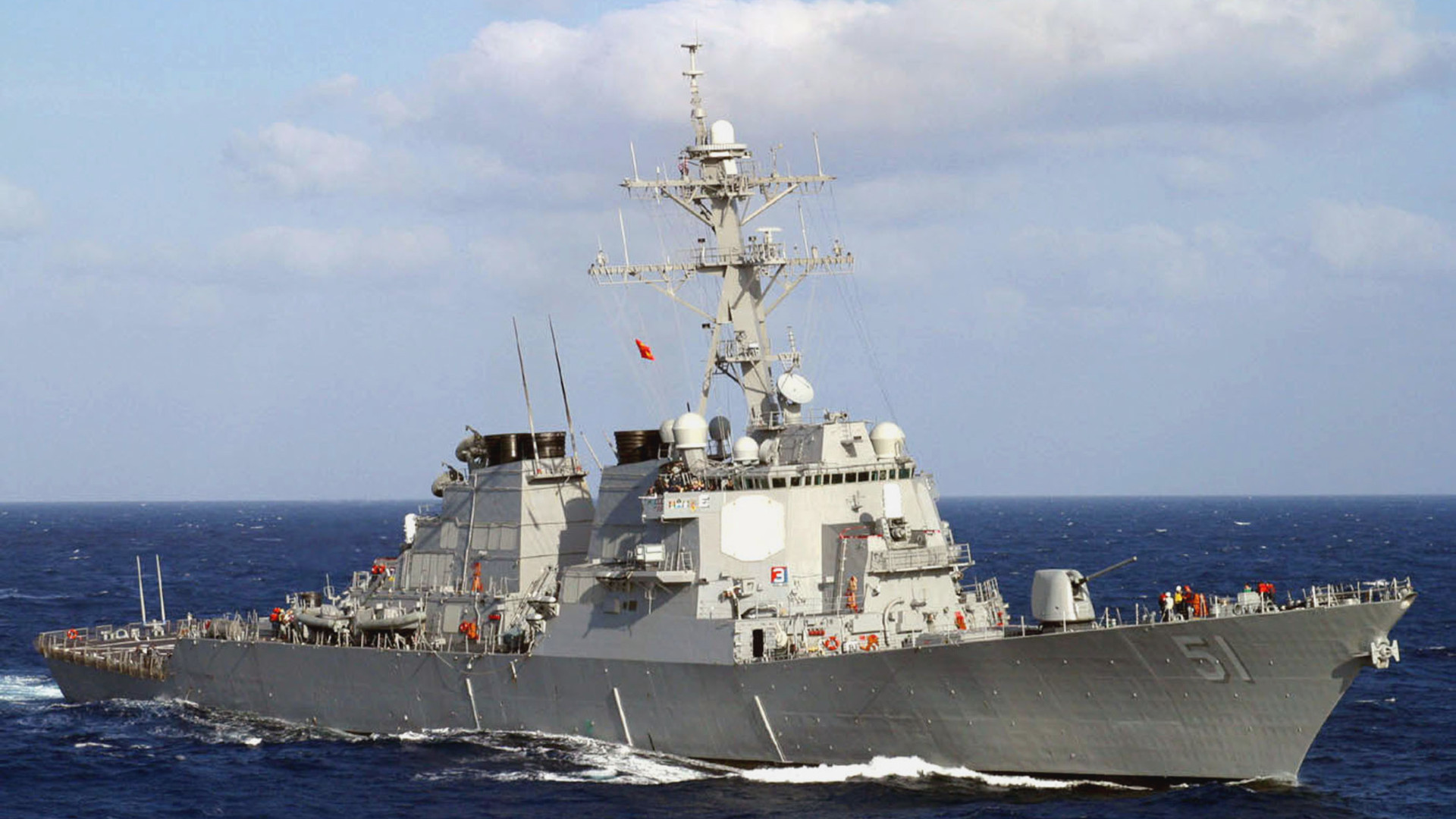The U.S. Navy plans to keep 12 more of its Flight I Arleigh Burke class destroyers in service beyond their originally 35-year expected service life. Some of the ships, which could also be in line for important upgrades to their defensive and offensive capabilities, are now set to keep sailing into the 2030s. The life extension decision is part of an ambitious Navy-wide strategy rolled out earlier this year that includes a major focus on increasing the readiness of warships and other key assets.
The Navy announced the new decision regarding the Flight I Arleigh Burkes, which Secretary of the Navy Carlos Del Toro approved, in a press release today. At present, the service has 73 Arleigh Burke destroyers in service, in total. This includes 21 Flight I ships, as well as a mixture of Flight II, IIA, and III types with successive improvements.
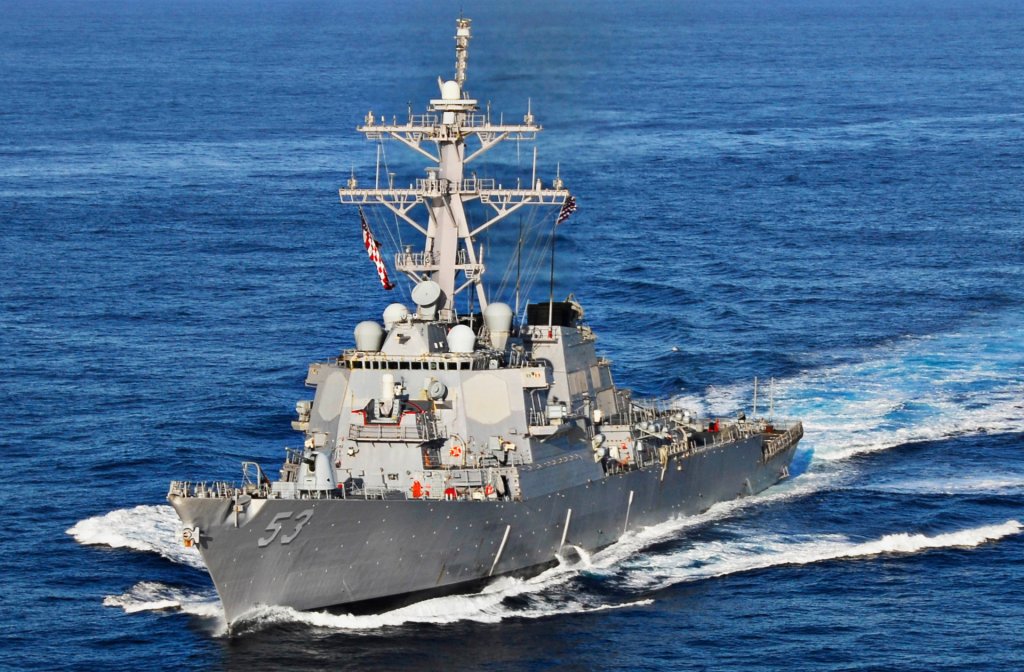
The Navy has been eyeing Arleigh Burke service life extensions since at least 2018. In March 2023, it announced that the USS Arleigh Burke would remain in service into 2031. Last August, the service disclosed additional plans to stretch out the service life of four more Flight I Burkes, the USS Ramage, USS Benfold, USS Mitscher, and USS Milius to between 2034 and 2036. The Navy did not name the ships included in the latest life extension plans.
“The decision, based upon a hull-by-hull evaluation of ship material condition, combat capability, technical feasibility and lifecycle maintenance requirements, will result in an additional 48 ship-years of cumulative ship service life in the 2028 to 2035 timeframe,” the Navy said today in regard to the new life extension announcement. “The Navy has proposed DDG service life extension funding in the FY26 budget request, and will update the shipbuilding plan accordingly.”
“At the Secretary’s request, the Navy conducted a thorough evaluation of each DDG-51 Flight I ship (DDG 51-71) over the past ten months, and determined the 12 destroyers could and should remain operational beyond their expected service life,” the service’s release adds. “The final determination of each ship’s service life is based on maximizing the service life of each ship before it required another extensive and costly docking availability.”
The decision by the Navy to extend the service life of more Flight I Burkes is not necessarily surprising. Arleigh Burke class destroyers currently make up the plurality of the service’s surface warfare fleets. The Flight I Burkes, which entered service in the 1990s, are still very capable ships. Each one notably has 90 strike-length Mk 41 Vertical Launch System cells that can be loaded with a variety of missiles, including Tomahawk land-attack cruise missiles and SM-2 surface-to-air missiles.

Flight I Burkes have already received multiple upgrades over the years and are now in line to receive new updates to their defensive capabilities in the form of new launchers for RIM-116 Rolling Airframe Missile (RAM). This is part of a broader plan to replace the Phalanx Close-In Weapon Systems (CIWS) on all Arleigh Burke class destroyers with different kinds of RAM launchers depending on subvariant, as you can read more about here.
At least eight Arleigh Burkes already have SeaRAM systems, which they received along with additional electronic warfare capabilities, as part of what is known as the ‘Rota’ configuration developed for destroyers in this class forward based at Rota, Spain.

In addition, the Navy is exploring the possibility of adding new stealthy Naval Strike Missile (NSM) anti-ship cruise missiles, which also have a secondary land-attack capability, to the Flight I Burkes’ arsenal. The USS Fitzgerald has already been armed in this way and demonstrated this capability as a proof of concept that the service says will inform decisions going forward.
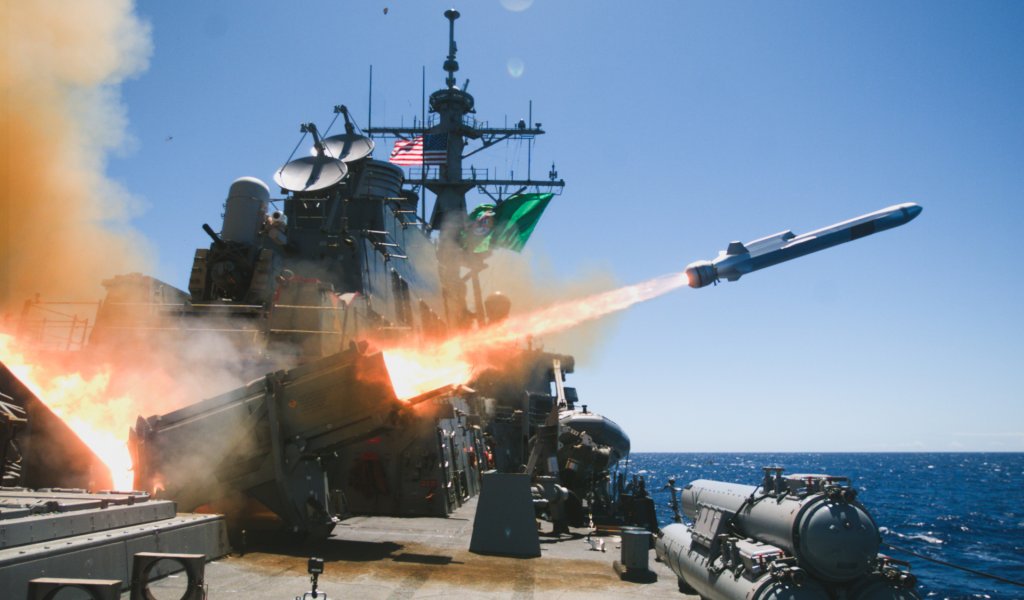
The centrality of the Arleigh Burke class overall and the value of the Flight I ships specifically, especially their VLS cells, is only set to increase in the near term, especially with the impending retirement of the last of the Ticonderoga class cruisers. Each Ticonderoga has 122 Mk 41 VLS cells. Navy plans to decommission the four heavily in-demand Ohio class guided missile submarines, which can be armed with a maximum of 154 Tomahawks, before the end of the decade will only further diminish the service’s overall missile launch capacity at a very inconvenient time.
The importance of Arleigh Burkes has already been on full display in the past year or so in operations in and around the Red Sea and in the defense of Israel. The USS Arleigh Burke and USS Carney, another Flight I type, were among the U.S. ships that helped knock down Iranian missiles and drones heading toward Israeli targets in April. By that time, Carney had already been heavily engaged in the Red Sea against threats launched by Iranian-backed Houthi militants in Yemen.
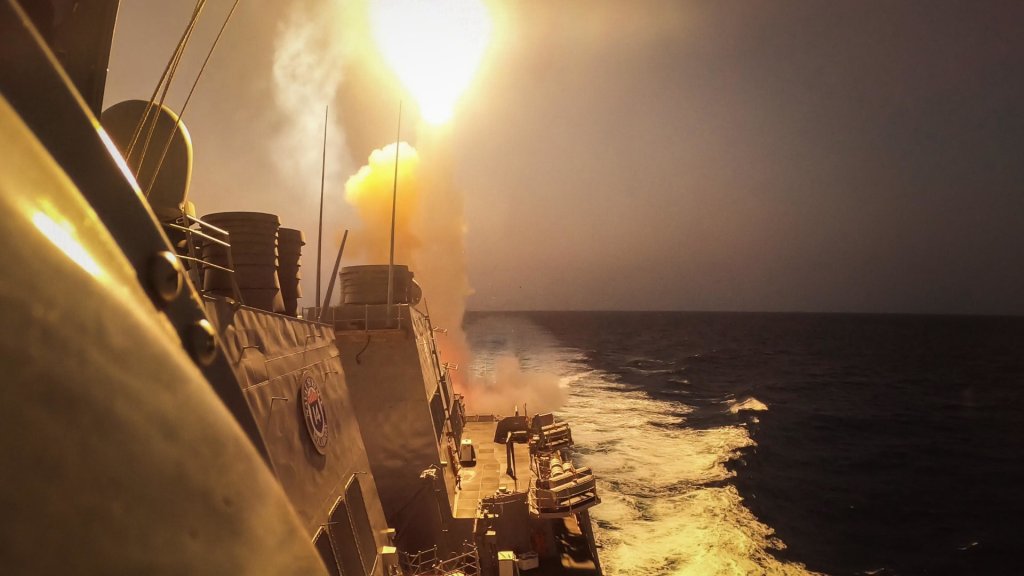
“Extending these highly-capable, well-maintained destroyers will further bolster our numbers as new construction warships join the Fleet,” Secretary of the Navy Del Toro said in a statement today. “It also speaks to their enduring role in projecting power globally, and most recently in the Red Sea, their proven ability to defend themselves, as well as our allies, partners and friends from missile and drone attacks.”
The mention here of “new construction warships” is particularly significant given the major delays with the Constellation class frigate program, which you can read about in more detail here. The first of those frigates may now not enter service until 2029, nearly a decade after the award of the initial production contract.
A true successor to the Arleigh Burke class, currently referred to as DDG(X), is still far off on the horizon, as well. As it stands now, the Navy is not expecting the construction of the first of these new warships to even start until 2032.
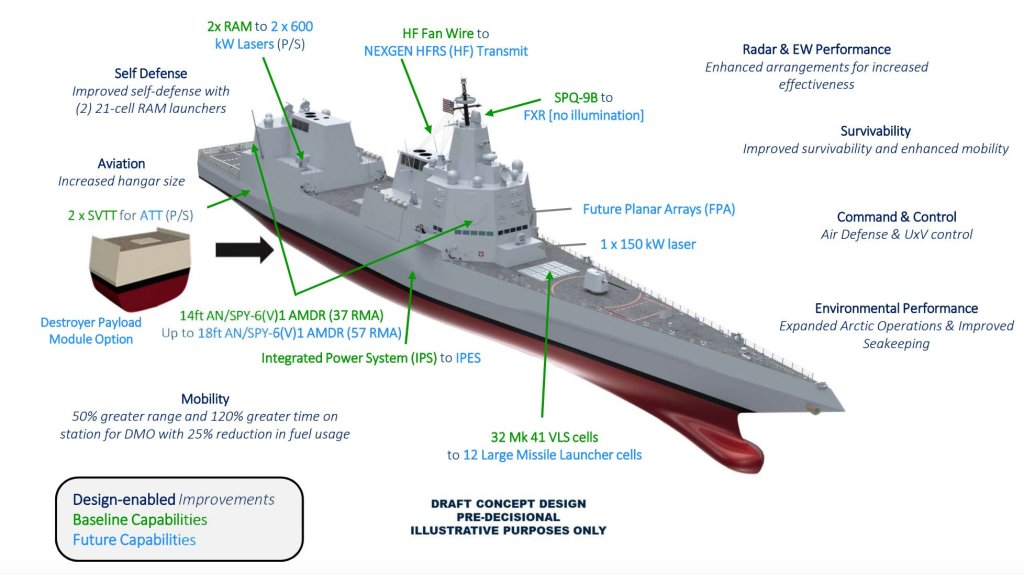
On top of all of this, concerns about at best relatively flat defense budgets in the coming years have been increasingly sending shockwaves across the entire U.S. military and forcing serious rethinking of even top-priority modernization efforts. Future shipbuilding plans, which can be costly and require significant lead time under the best circumstances, could easily be impacted. There have been serious questions about overall U.S. shipyard capacity for new production naval vessels, as well as repair work, for years now. The Navy has been looking at ways to rectify these deficiencies, including through the use of foreign companies.
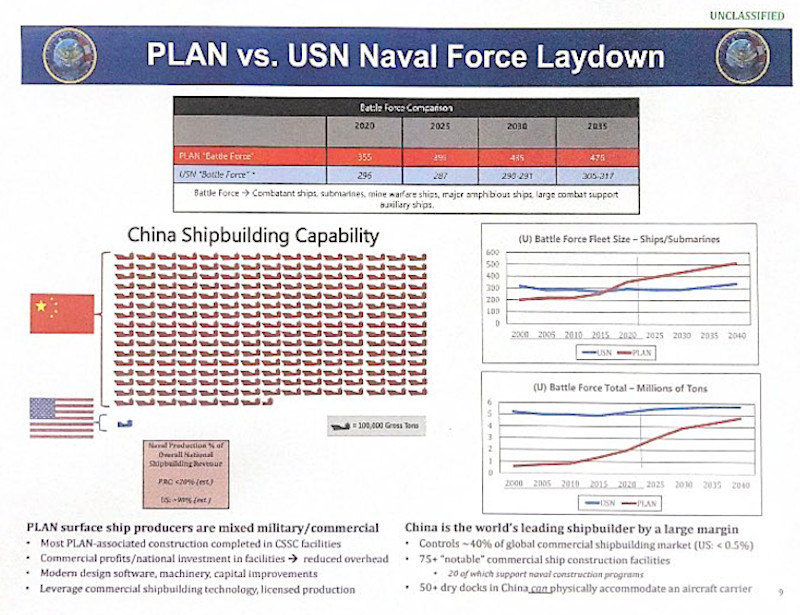
“Today’s budget constrained environment requires the Navy to make prioritized investments to keep more ready players on the field,” Navy Adm. Lisa Franchetti, Chief of Naval Operations, the service’s top uniformed office, said in a statement today around the Flight I Burke life extension announcement. “The Navy is actively pulling the right levers to maintain and grow its Battle Force Inventory to support the United States’s global interests in peace and to win decisively in conflict.”
Franchetti rolled out a new “navigation plan,” also known as Project 33, for her service earlier this year that prominently included a call to get to a place by 2027 where it would be possible to surge deploy 80 percent of all naval vessels and combat aircraft, and do so relatively quickly, if necessary. This would represent a huge increase over current readiness rates and it remains to be seen if the Navy will be able to get anywhere near that goal in the next three years.
“We are shooting for very high, very tough stretch goals here, and I know that, but the only way we’re going to get there [is] if you set those goals that high,” Franchetti said in September. “That is what we need to do.”
The decision now to keep more Flight I Arleigh Burkes in service through the 2028-2035 timeline will at least help the Navy keep its total warship inventory up as it tries to meet its broader and highly ambitious goals.
Contact the author: joe@twz.com
